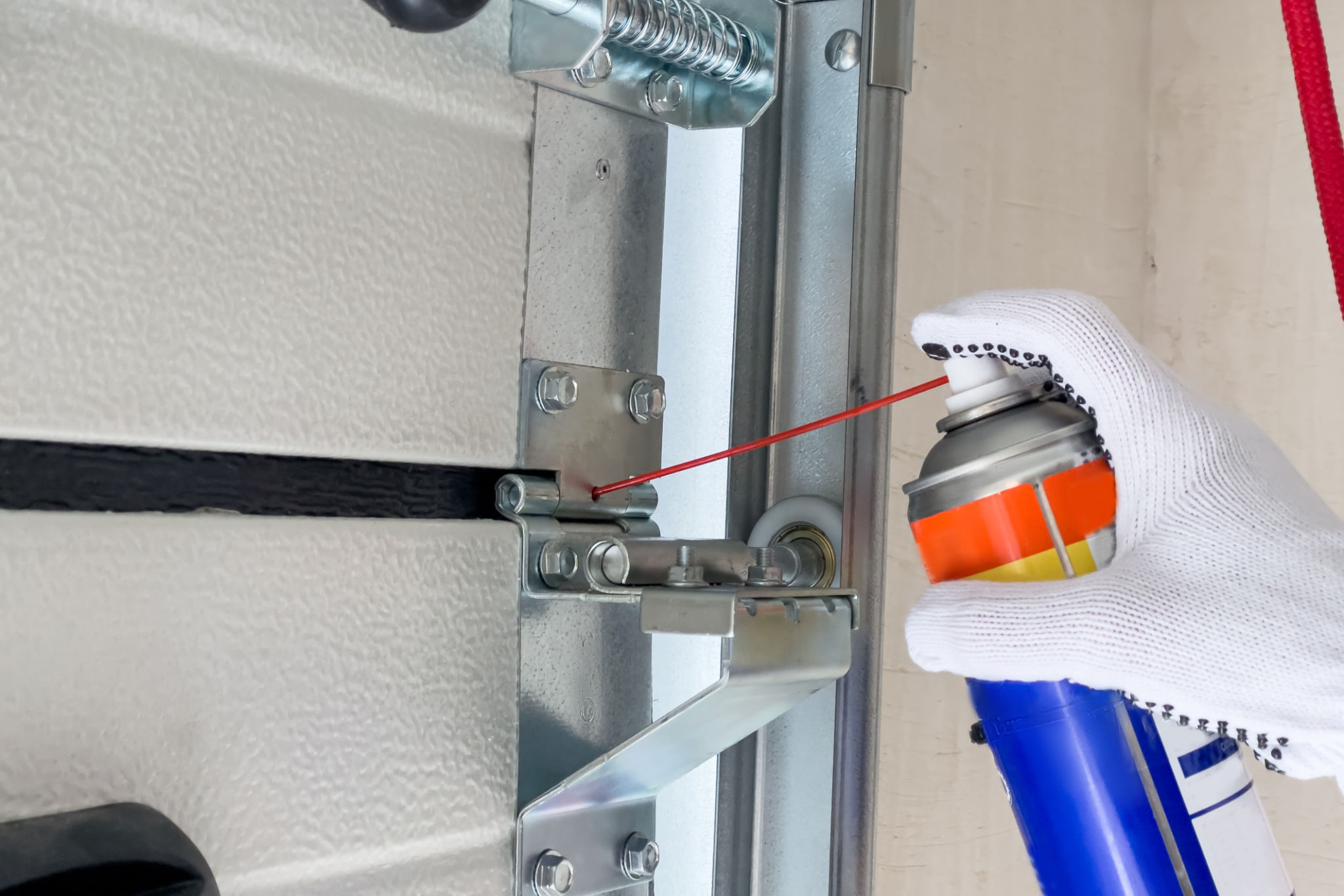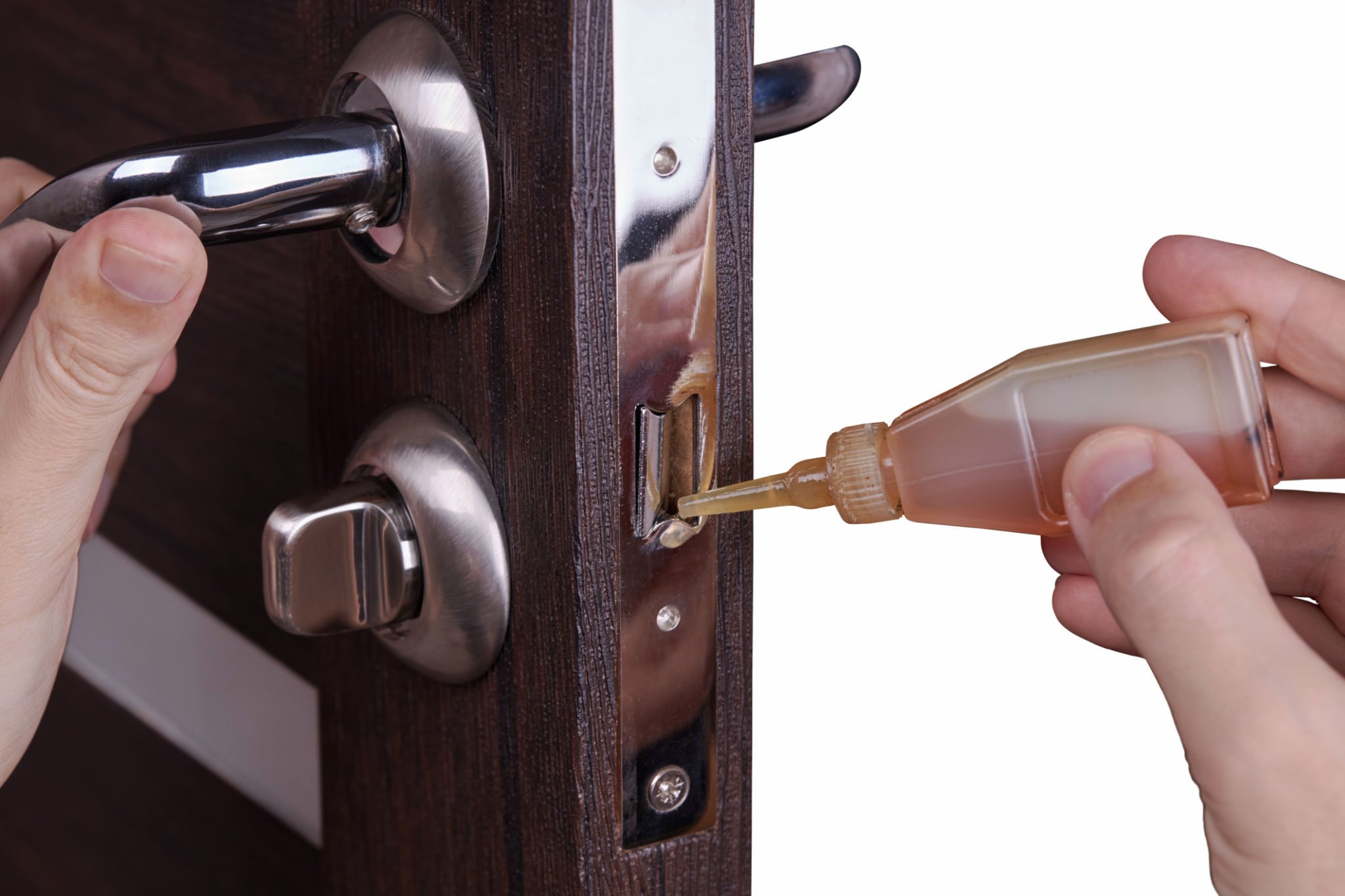DIY Tips for Maintaining Your Home Locks
Understanding the Importance of Lock Maintenance
Home security is paramount, and while many homeowners invest heavily in high-tech solutions, the humble lock remains a crucial first line of defense. Regular maintenance of your home locks not only prolongs their lifespan but also ensures they function optimally. Neglecting this can lead to malfunctions, leaving your home vulnerable to intruders.
The good news is that maintaining your home locks doesn't require professional intervention. With a few simple DIY tips, you can ensure your locks remain in top condition. Whether you're dealing with door locks, window locks, or padlocks, these steps will help you keep them secure and functional.

Regular Cleaning
Tools and Materials Needed
Before delving into cleaning, gather some basic materials: a soft cloth, mild detergent, a toothbrush, and a can of compressed air. These simple items can make a significant difference in maintaining your locks.
Steps to Clean Your Locks
Start by using compressed air to blow away any dust or debris that may have accumulated in the keyhole. Next, mix a small amount of mild detergent with water to create a gentle cleaning solution. Dip the toothbrush into the solution and scrub around the lock's exterior to remove grime and dirt. Finish by wiping it down with a soft cloth. Regular cleaning prevents the build-up of dirt, which can cause locks to jam.

Lubricating Your Locks
Choosing the Right Lubricant
Lubrication is essential for preventing friction and ensuring smooth operation. It's crucial to choose the right lubricant; avoid oil-based options as they can attract dust and grime. Instead, opt for a graphite or Teflon-based lubricant specifically designed for locks.
Applying Lubricant Correctly
Apply the lubricant directly into the keyhole and insert the key, turning it several times to distribute it evenly within the lock mechanism. This simple process reduces wear and tear and extends the lock's lifespan.

Checking and Tightening Lock Fixtures
Over time, locks can become loose due to regular use. Periodically check all screws and fixtures associated with your locks to ensure they are tight and secure. A screwdriver is often all you need for this task. Pay special attention to door hinges as well since they can affect the alignment of the lock.
When screws are loose, they can cause misalignment in the lock's mechanism, leading to jamming or making it difficult to turn the key. Regular checks and adjustments can prevent these issues from occurring.
Inspecting for Damage
Identifying Signs of Wear
Regularly inspect your locks for signs of wear or damage. Look for rust, cracks, or any signs of tampering. If you notice any issues, address them immediately. In some cases, you may need to replace parts or even the entire lock if it's beyond repair.
When to Call a Professional
While DIY maintenance is effective for most situations, there are times when professional assistance is necessary. If a lock is severely damaged or not functioning despite your efforts, it might be time to consult a locksmith. They can provide expert advice and solutions, ensuring your home remains secure.
By following these DIY tips for maintaining your home locks, you can enhance your security and ensure your locks remain in excellent working condition for years to come.
